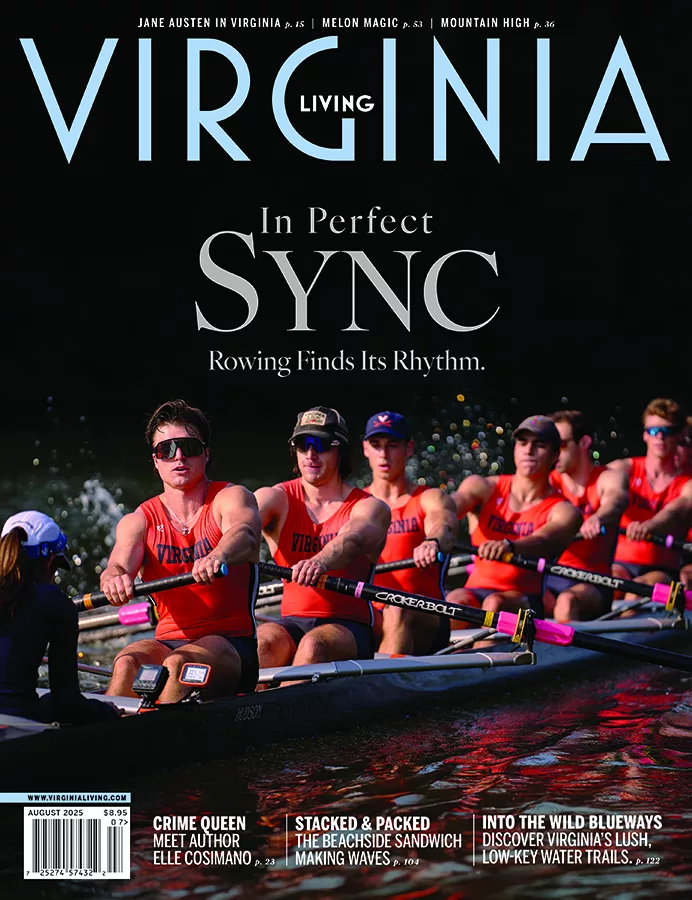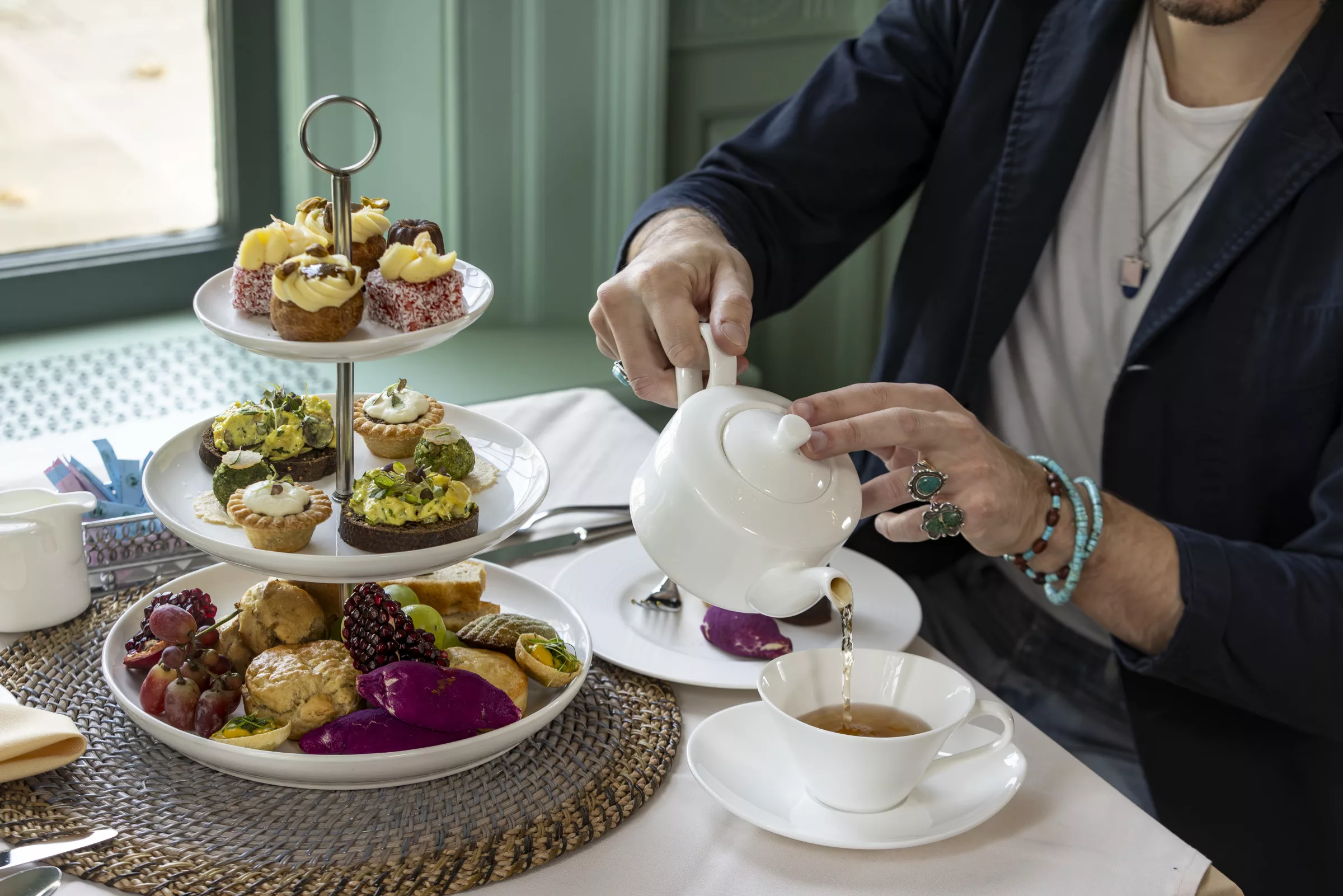Master hand engraver keeps her art alive.

Paton plate engraved for St. Matthews in North Carolina.

The PGA McGladrey team champion trophy.
Though some would say the 18th-century art of hand engraving is dying—there being fewer than 200 certified master engravers of precious metals in the U.S. today—Colonial Williamsburg-trained master silver engraver Gail Hedgepeth is awfully busy.
“Ever since I got back from the PGA last month, it’s been insane,” says 51-year-old Hedgepeth from her home workshop in Gloucester on an early September day.
For the last 15 years, Hedgepeth, who apprenticed for seven years and then worked as a journeyman engraver for another eight before earning the title of master in 1997, has engraved the famed Wanamaker Trophy for the winner of the PGA Championship. She has engraved for a U.S. president, the White House Counsel’s Office and a collector for whom she once engraved 60 three-letter initials on a watch face—the monograms of all of the family members who had worn it.
Hedgepeth engraves everything from baby cups and wedding rings to 100-year-old trophies. Unlike machine engraving, which simply presses into the metal and fades over time, hand engraving actually cuts the metal; original pieces dating from the 1600s are still legible.
Longevity is just one part of this craft. Hedgepeth says the artist in her wants to create, say, a letter in Old English or script, or a figure that makes people look twice. Says Hedgepeth, “I am after finding the beauty in it.” 804-642-2067








